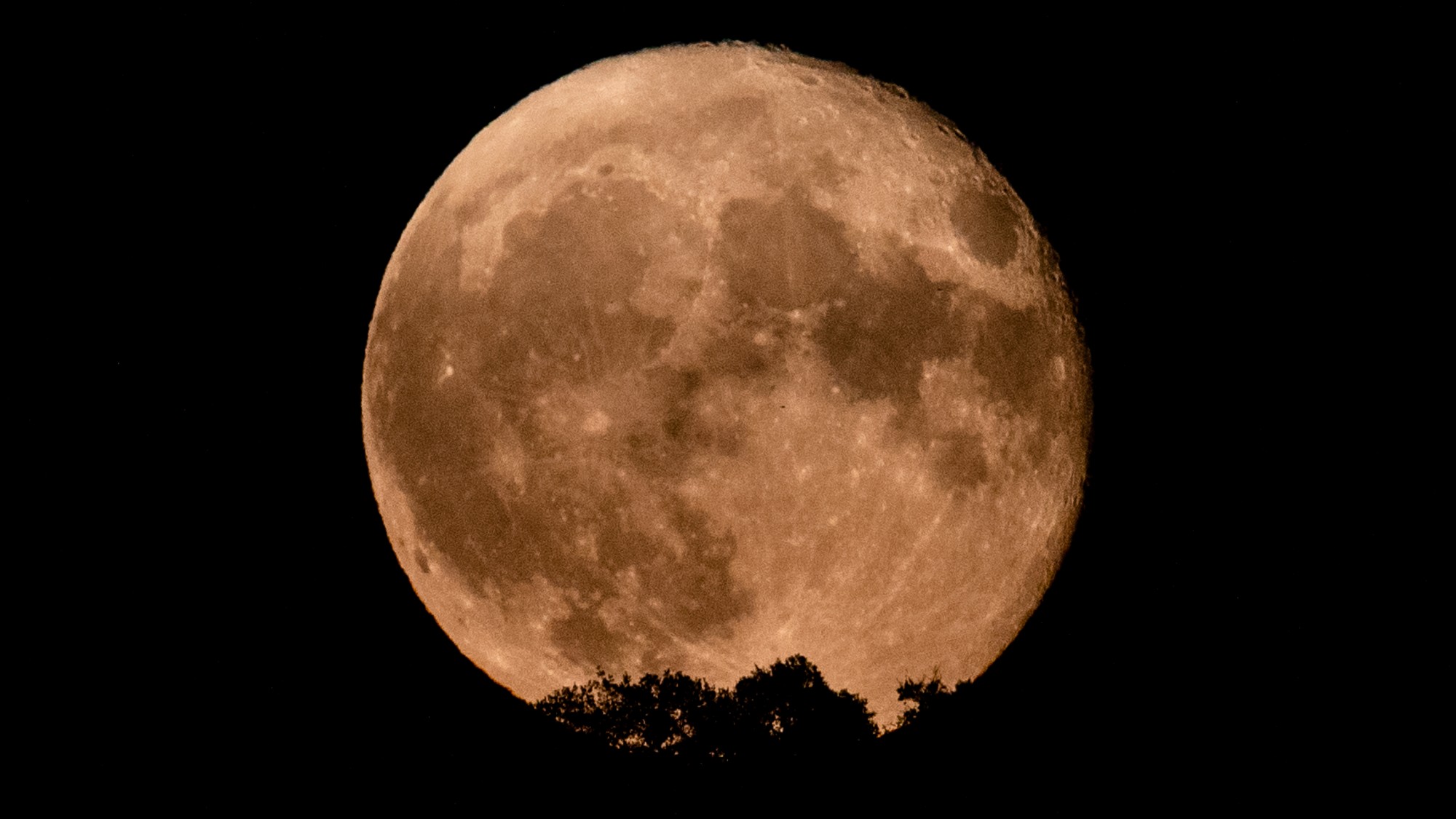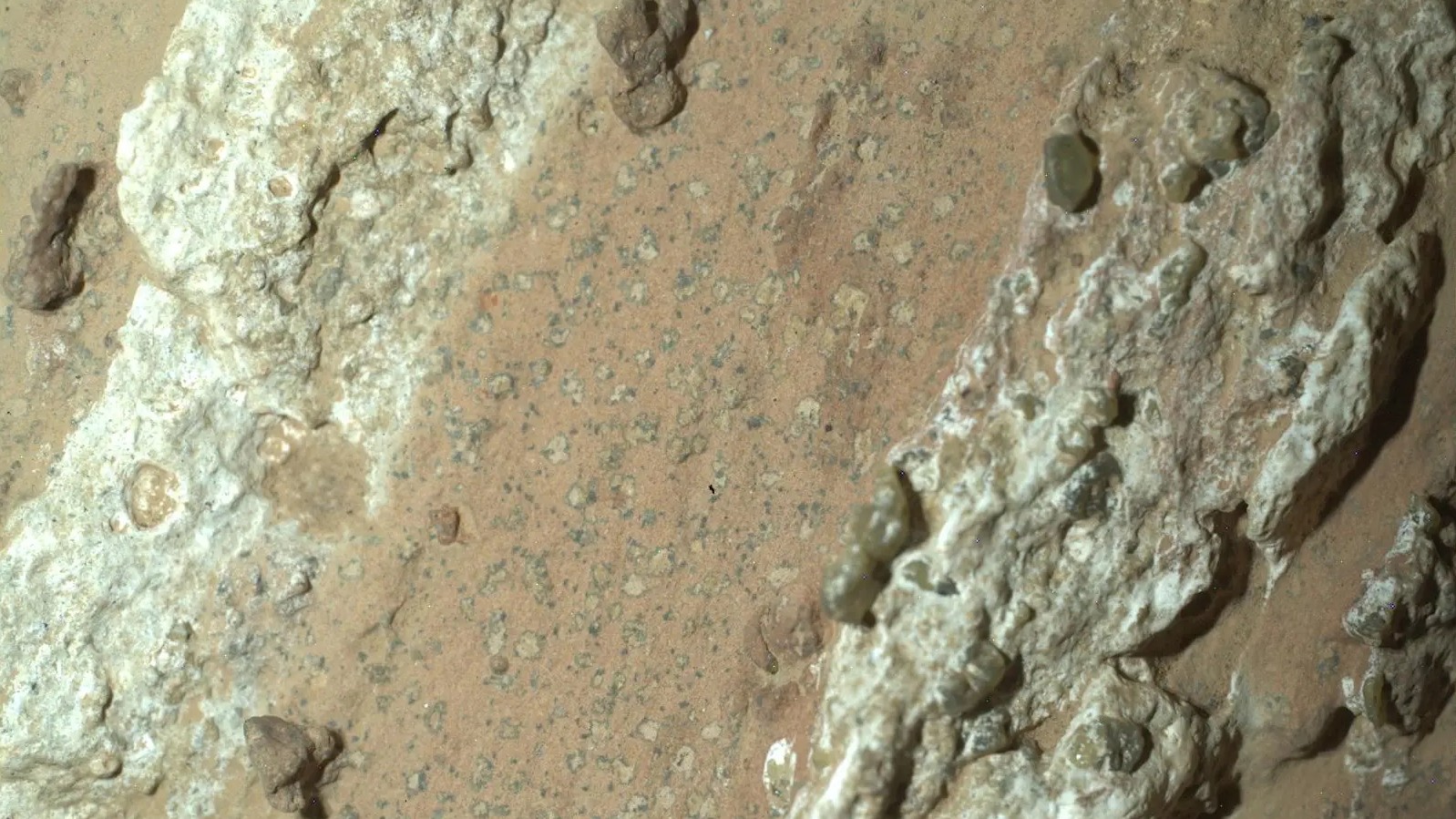The moon is older than we thought
New data adds 40 million years to the satellite's age


Our planet's trusty satellite has been around longer than we previously thought. Scientists analyzed lunar crystals brought back by Apollo 17 astronauts in 1972, and determined the moon was actually 4.46 billion years old, 40 million years older than previously believed, per a new study published in the journal Geochemical Perspective Letters. “It moves the goal post,” Jennika Greer, who worked on the study, told The Washington Post. “It pushes back the minimum age of the moon formation.”
Researchers studied minerals in lunar dust called zircons, which are “cosmic timepieces that started ticking once that magma ocean cooled and solidified,” per the Post. The zircon pieces analyzed in the study are the oldest to date. However, many were skeptical that the age was accurate, given that these crystals were older than any other samples. “It’s been controversial for the last 50 years, since the 1970s when the astronauts brought back the samples from the moon,” Bidong Zhang, who led the study, told the outlet. “Apollo rocks were very consistent at 4.3 billion years old. That’s why people are like: ‘Why would this age be different?’"
Scientists have long believed that the moon came to be after a Mars-sized object crashed into the Earth resulting in a large fragment breaking off and becoming the moon. The debate was when this occurred. "Our atom probe analysis concluded the study and leaves no doubt about the 4.46-billion-year age of the zircon," Phillipp Heck, senior author of the study, told Newsweek. "I was very happy to see that with our new study the old age of the zircon crystals could be nailed down without a doubt.”
The Week
Escape your echo chamber. Get the facts behind the news, plus analysis from multiple perspectives.

Sign up for The Week's Free Newsletters
From our morning news briefing to a weekly Good News Newsletter, get the best of The Week delivered directly to your inbox.
From our morning news briefing to a weekly Good News Newsletter, get the best of The Week delivered directly to your inbox.
A free daily email with the biggest news stories of the day – and the best features from TheWeek.com
Devika Rao has worked as a staff writer at The Week since 2022, covering science, the environment, climate and business. She previously worked as a policy associate for a nonprofit organization advocating for environmental action from a business perspective.
-
 A peek inside Europe’s luxury new sleeper bus
A peek inside Europe’s luxury new sleeper busThe Week Recommends Overnight service with stops across Switzerland and the Netherlands promises a comfortable no-fly adventure
-
 Space data centers could be joining the orbit
Space data centers could be joining the orbitUnder the radar The AI revolution is going cosmic
-
 Codeword: December 23, 2025
Codeword: December 23, 2025The daily codeword puzzle from The Week
-
 Blue Origin launches Mars probes in NASA debut
Blue Origin launches Mars probes in NASA debutSpeed Read The New Glenn rocket is carrying small twin spacecraft toward Mars as part of NASA’s Escapade mission
-
 ‘The Big Crunch’: why science is divided over the future of the universe
‘The Big Crunch’: why science is divided over the future of the universeThe Explainer New study upends the prevailing theory about dark matter and says it is weakening
-
 Dinosaurs were thriving before asteroid, study finds
Dinosaurs were thriving before asteroid, study findsSpeed Read The dinosaurs would not have gone extinct if not for the asteroid
-
 The moon is rusting
The moon is rustingUnder the radar The Earth is likely to blame
-
 Panspermia: the theory that life was sent to Earth by aliens
Panspermia: the theory that life was sent to Earth by aliensUnder The Radar New findings have resurfaced an old, controversial idea
-
 Africa could become the next frontier for space programs
Africa could become the next frontier for space programsThe Explainer China and the US are both working on space applications for Africa
-
 NASA reveals ‘clearest sign of life’ on Mars yet
NASA reveals ‘clearest sign of life’ on Mars yetSpeed Read The evidence came in the form of a rock sample collected on the planet
-
 SpaceX breaks Starship losing streak in 10th test
SpaceX breaks Starship losing streak in 10th testspeed read The Starship rocket's test flight was largely successful, deploying eight dummy satellites during its hour in space
